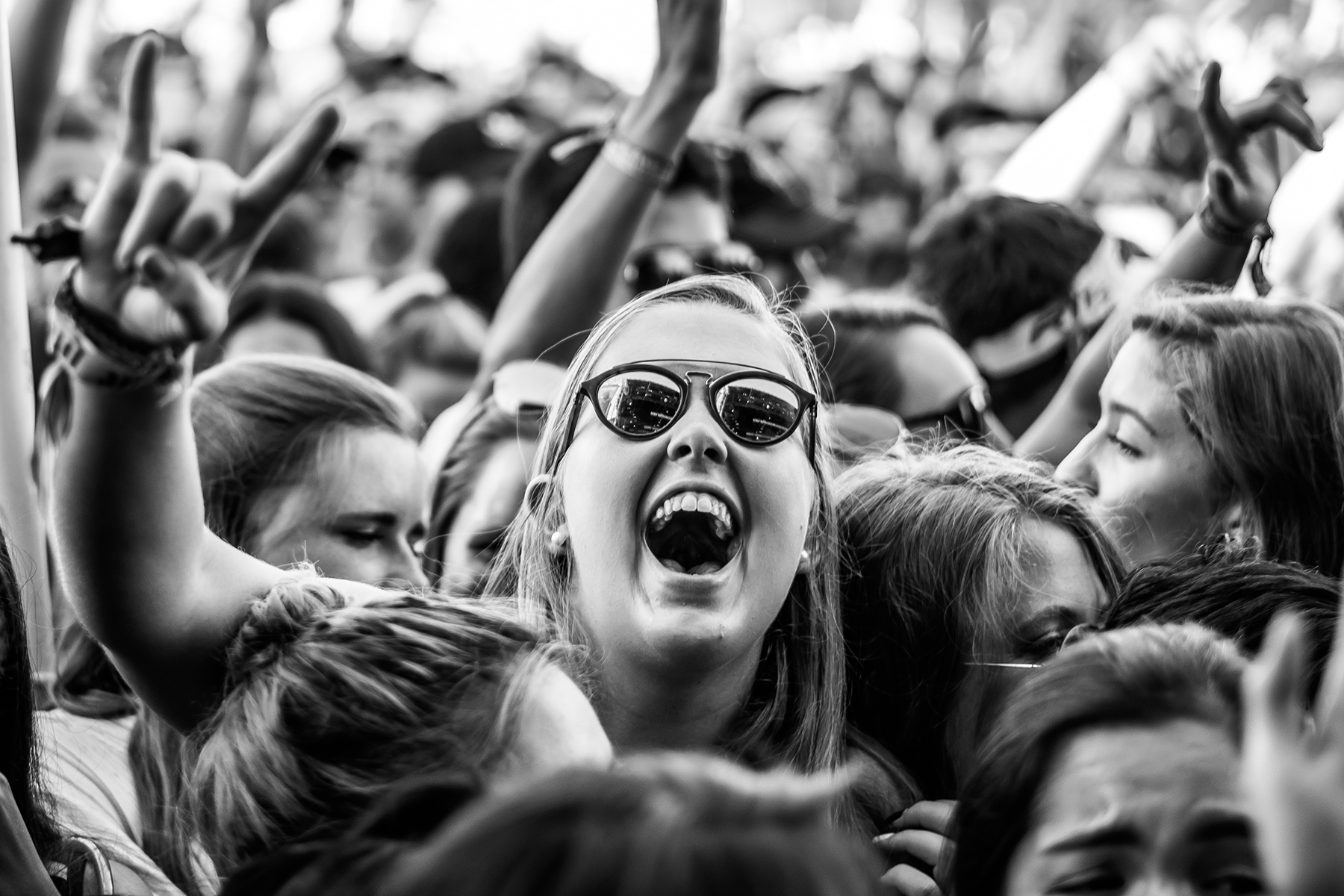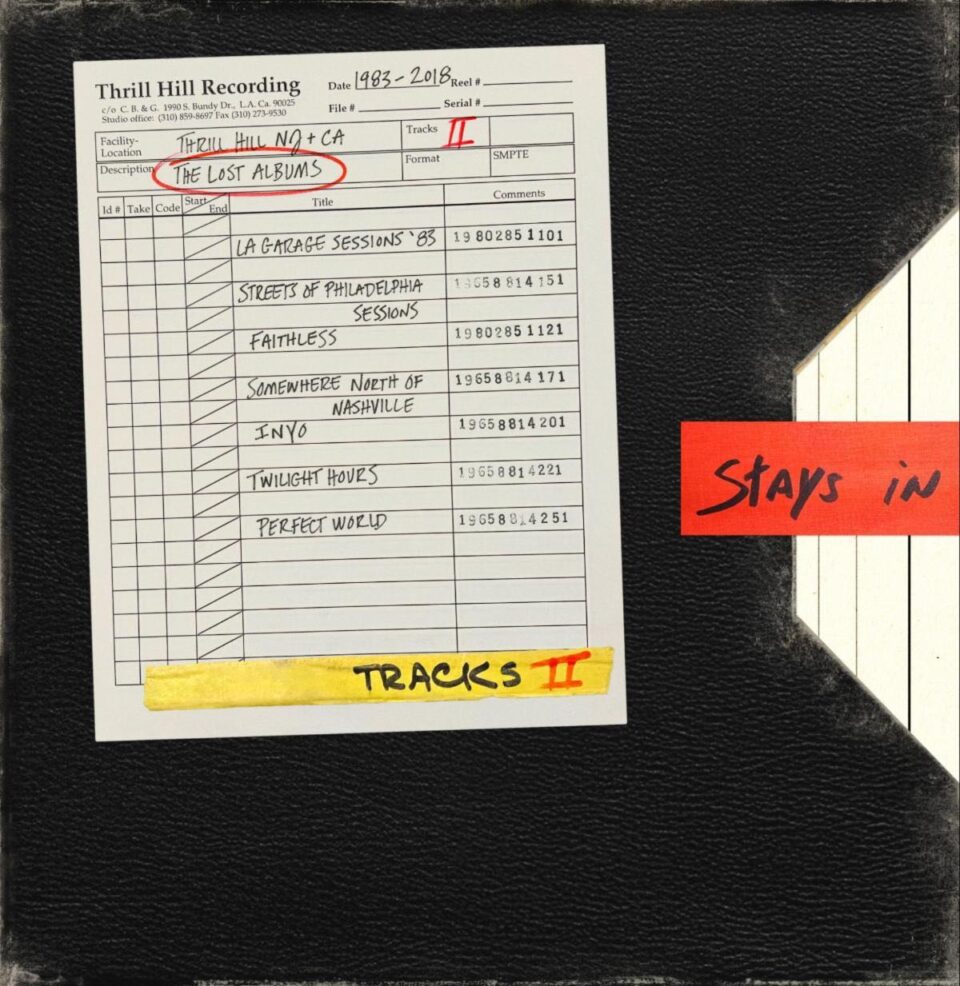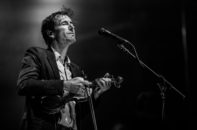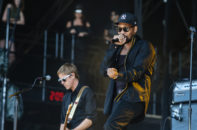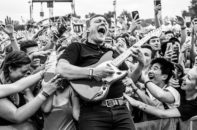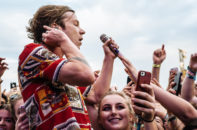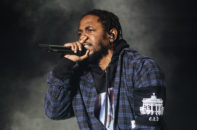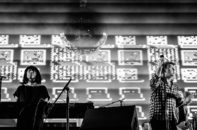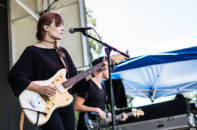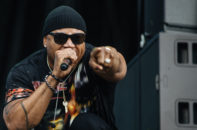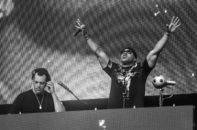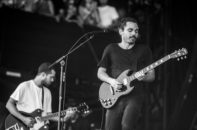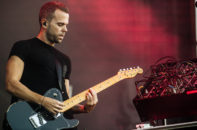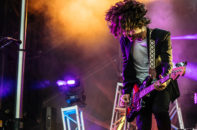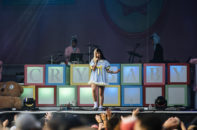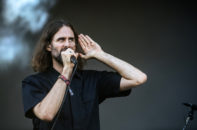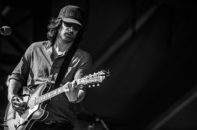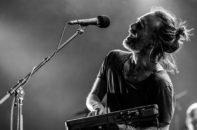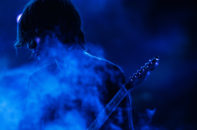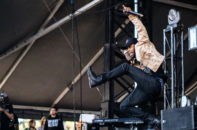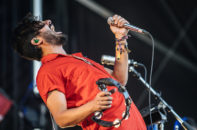The Texas sun looms heavy over massive crowds that huddle in the shadows of the giant stages and speakers at weekend one of Austin City Limits Festival. In the not-too-far distance, the Austin city skyline glimmers in a haze of heat. Summer lasts longer in Texas. Three days and an infinite number of footsteps have turned the green grass gold on the fields of Zilker Park. It’s the fifteenth year of Austin City Limits Festival and things here are bigger than ever.
Austin City Limits began at PBS. In 1974, they called out to their member stations asking for original programming that could be used in the next year’s pledge drive. Bill Arhos, Paul Bosner, and Bruce Scafe answered that call. They were inspired by “Austin’s diverse mix of country, blues, folk, and psychedelia” and came up with the idea of a program that would bring this diverse music right into the homes of the nation.
The title of the show came from Bosner. While commuting from Dallas to the capitol, he would continually drive past the sign declaring the city’s boundary: Austin City Limits. He figured it was a good sign, and a good name for the show.
https://www.youtube.com/watch?v=HLfAmIWKIt8
On October 14, 1974, the pilot was shot. It starred Willie Nelson, who had not yet ascended to icon status. The show’s low-budget, no-frills approach delighted Nelson, and the performance delighted viewers: ACL was a success as a fundraiser and got the green light as a TV series.
By the 1990s, though, PBS’s budget began to decline, forcing the show to fundraise for itself. They were able to keep the show on the air by adding major national sponsors like Chevrolet and AT&T. It was during this time period that the program branched out to book a more diverse mix of artists and genres that would eventually include, blues, rock, folk, hip-hop, and Latin, among others.
Since then, Austin City Limits has become the longest-running music program in television history. It has included a variety of acts that range from B. B. King to the Foo Fighters, and has been awarded the National Medal of the Arts by President George W. Bush—the first television show to boast that honor.
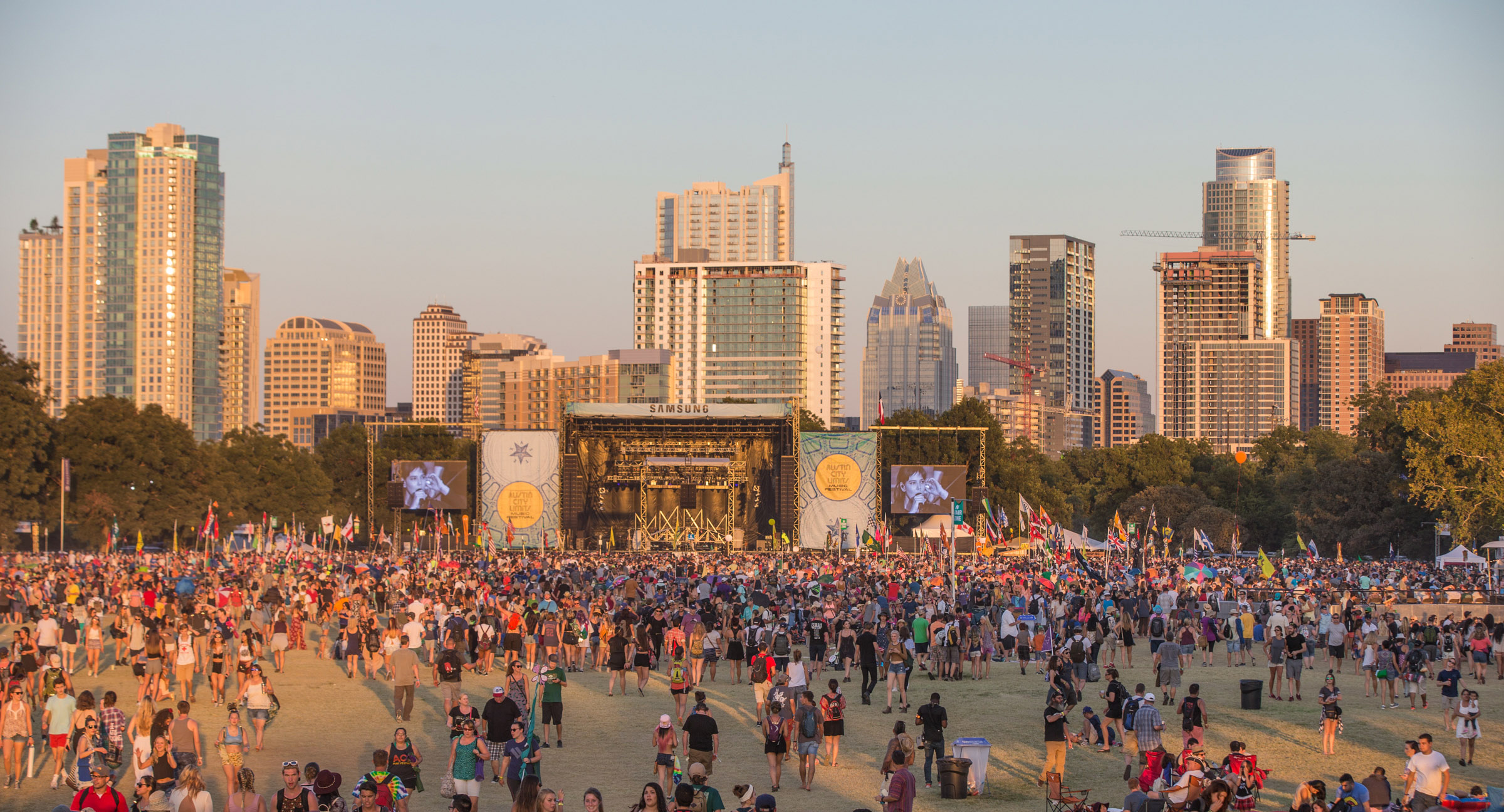
The Austin skyline / photo by Suzanne Cordeiro
In September of 2002, the PBS show became a music festival. The festival took place at Austin’s Zilker Park, where it continues to this day. This festival is considered by some to be the spiritual sequel to Austin Aquafest, a festival that existed from the ’60s to the late ’90s that originally focused on local talent.
This year, its fifteenth, the festival has expanded their grounds to allow more movement and shade for attendees. People of all ages are in attendance, and the family-friendly nature is enhanced by the presence of “Kiddie Limits,” a section of the fest with music appealing to the youngest demographic.
It’s impossible to talk about the festival without mentioning the corporate sponsorship. The stages are named after the brands: Samsung, Honda, Miller Lite. A well-known Austin record store, Waterloo, has partnered with Honda for their artist autograph area. Technically speaking, this is still in line with the ACL spirit, being that Chevrolet was one of the sponsors that kept ACL on the air.
Summer lasts longer in Texas. It’s the fifteenth year of Austin City Limits Festival and things here are bigger than ever.
The festival opens, as it always has, with Asleep at the Wheel. They are also veterans of the ACL TV show and frequent collaborators with Willie Nelson. Singer Ray Benson stares boldly into the sun as a piano, a saxophone, a stand-up bass, a mandolin, drums, and a fiddle chime in to start the day off with a country lilt. They play songs with lines like “If you see my milk cow, please drive that heifer home,” and a rousing rendition of “Route 66.”
One of the authentic locals included at ACL this year is Gina Chavez, who recalls going to Aquafest as a child, where her parents sold cascarones (confetti eggs) at a stand. Her voice is strong and sincere as she and her trombone player sway side to side and she sings “I Will Survive” in both English and Spanish.
This multi-cultural performance reflects artistic vision. Gina spoke about her development, saying that when she “heard Latin music, that was a huge turning point.” She expressed her wonder at hearing songs that were “very politically charged and social-justice oriented, but [that still] sounded great.” For her, writing in Spanish allows a different pallet of language to work with: “there’s a part of my soul that more adequately expressed in Spanish,” she says.
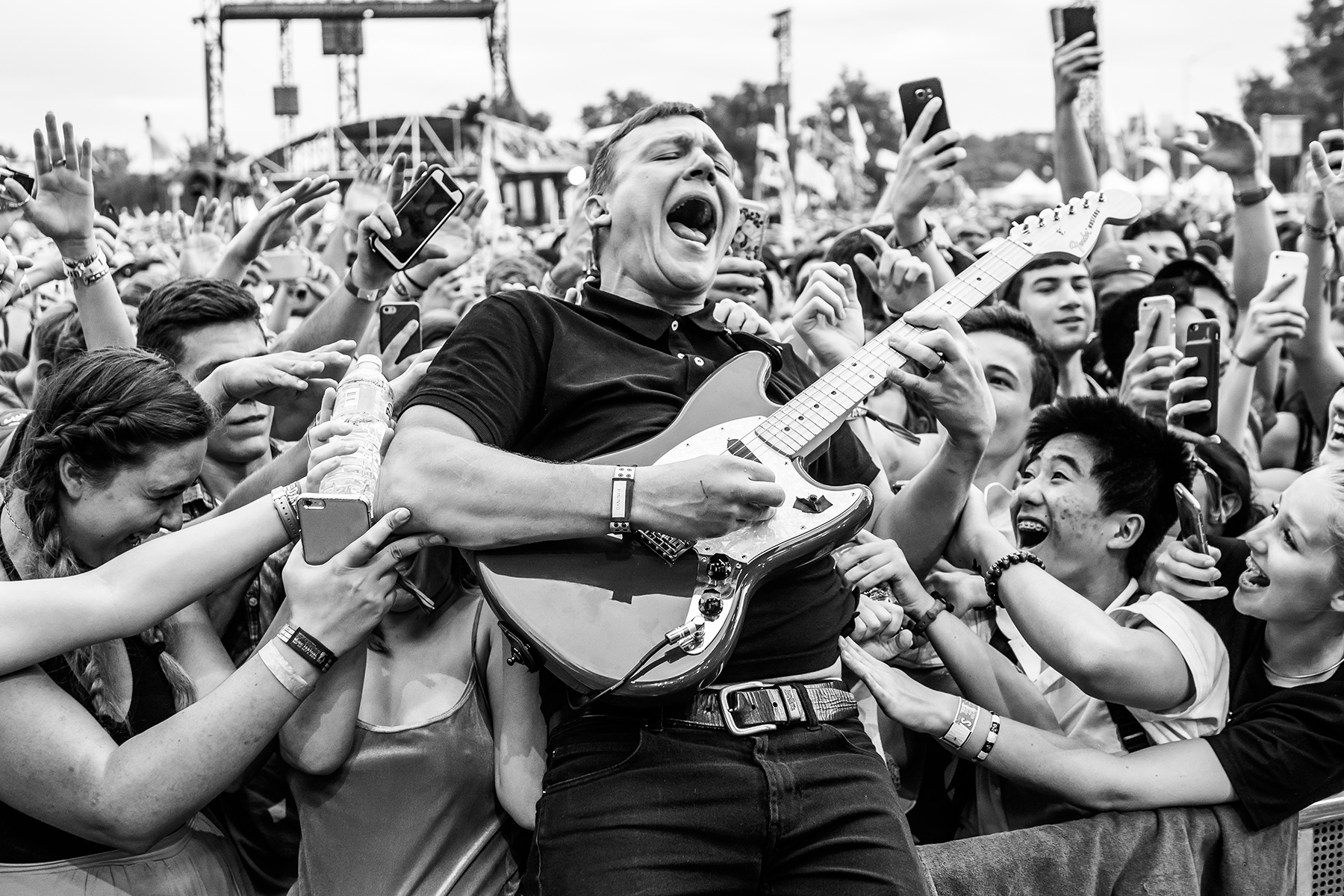
Cage the Elephant feels the local love / photo by Daniel Cavazos
Another authentically Austin band making waves at Zilker Park is Wild Child. Kelsey Wilson’s rich, lithe voice expresses a light joy, enthusiasm, and sincerity that connect with the gathered crowd. She describes meeting creative partner Alexander Beggins as they were on tour with a Danish band. They bonded over Texas roots and made an album’s worth of songs.
Wilson mentions the creation of joy as a motivating factor for their music. She talks about drawing inspiration from the energy of a dancing crowd. The group also goes on a long tangent with a joke about lizards that helps to show the playful bond they share.
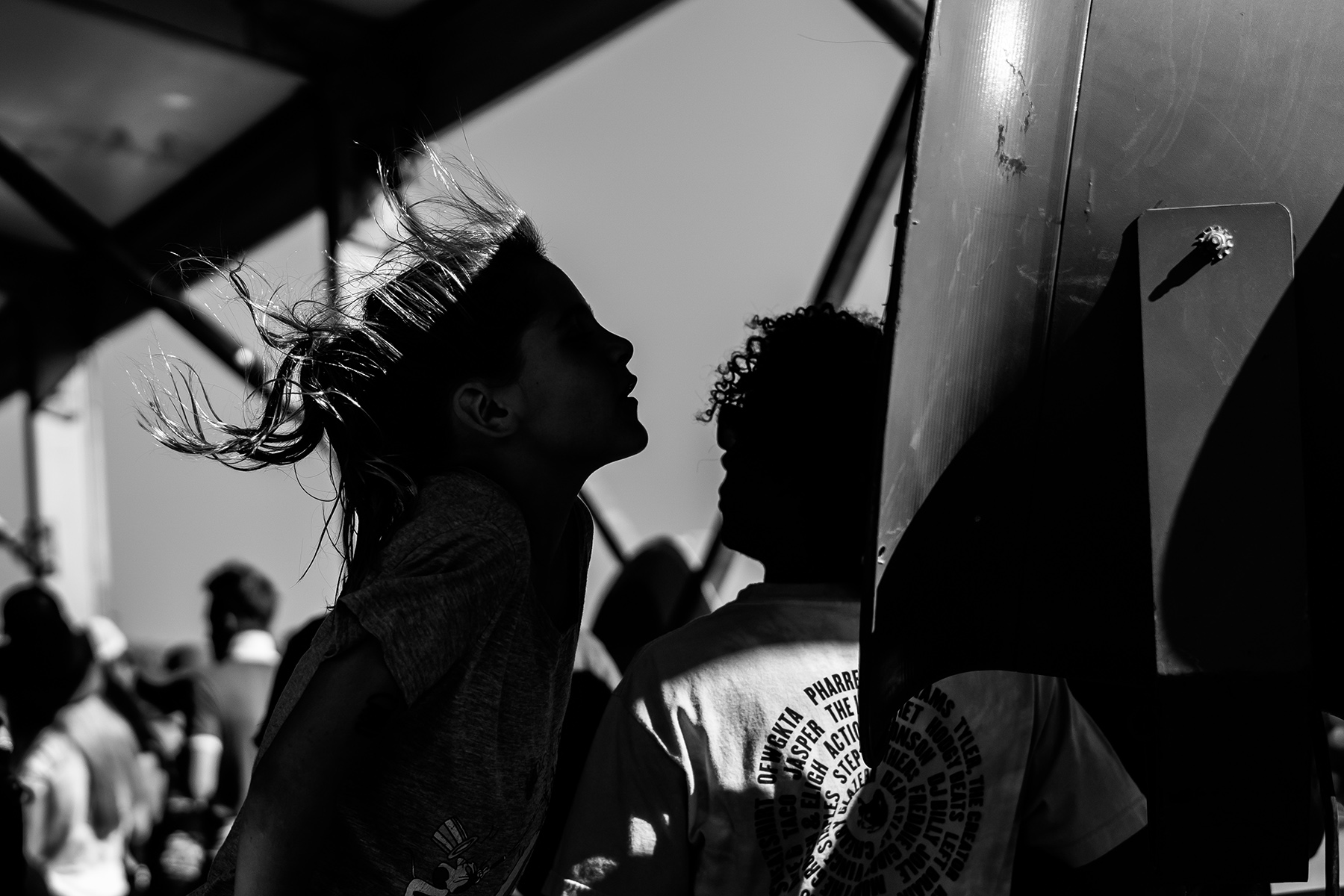
photo by Daniel Cavazos
Israel Nash doesn’t technically live in Austin—he’s recently completed a studio on his ranch in the town of Dripping Springs—but his music would’ve been a perfect fit for the show’s original TV run. Nash’s sound is country influenced, with a psychedelic shimmer and rock energy that keeps the crowd entranced. They dance and sway, many in cowboy hats, fully appreciating the music despite the pervasive heat.
The Front Bottoms vocalist Brian Sella describes his band’s goal as amplifying small moments. “I’m a big slice of life fan,” he says. “Slice of death, slice of life. You’re trying to express a moment to people.” His expressive voice and the band’s engaging performance draw a passionate crowd that knows the words to their thoughtful—but approachable—songs.
Houston’s Lizzo would be sympathetic to Sella’s approach. Her “Good as Hell” is an anthemic call to the reclamation of self—as made manifest in the fixing of one’s hair and nails. Her impressive voice deftly switches from hip-hop fast-talk to powerful and soaring clarion calls. Both Lizzo and The Front Bottoms use these little slices of life as poetic allusions for the universal struggles of humanity.
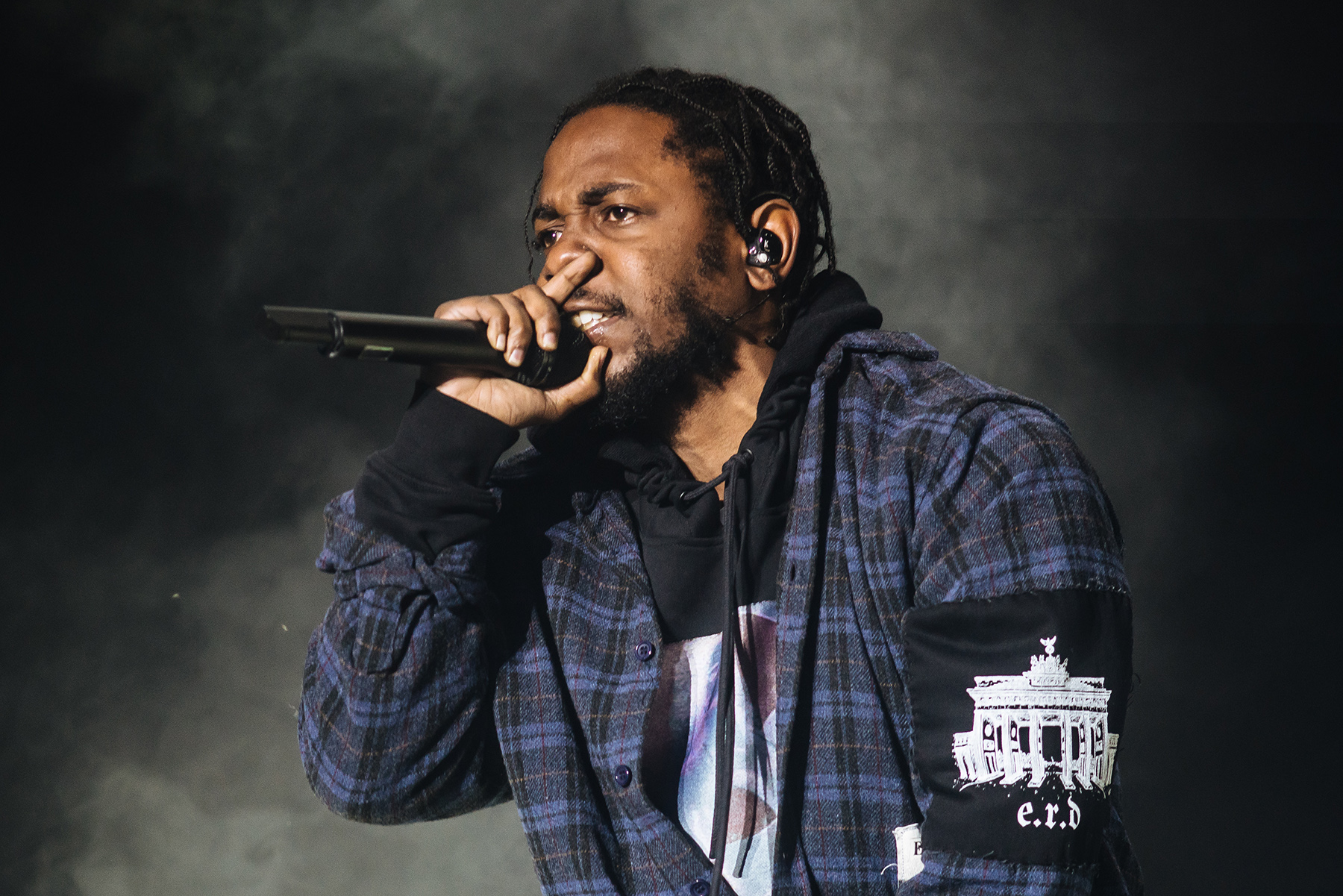
Kendrick Lamar / photo by Daniel Cavazos
With night falling on the Samsung stage, headliner Kendrick Lamar plays with a sincerity unmatched at ACL. His performance leaves him with sweat running down his face as he criticizes American society with an eagle and the stars and stripes waving on the screen behind him. His deft vocals and the full funky band that accompany him hold the crowd in thrall. His message is powerful and timely.
Radiohead‘s headline act is also well received. They start with new songs and then dive into the hits. The crowd dances to their more electronically driven new songs, but they’re just as enthusiastic when they draw back into their catalog toward the end of the set and close with “Karma Police.”

Radiohead / photo by Daniel Cavazos
On the final day, Kacey Musgraves’s authentic country sound serves as a prequel for the folksy stylings of Mumford & Sons. Musgraves has a Texas backdrop set up on the Samsung stage and she sings to a welcoming crowd with her hit “Follow Your Arrow,” a song that preaches an acceptance of alternative lifestyles. She makes note of how the song goes over well in a place like Austin and the crowd cheers wildly.
Mumford & Sons open to a massive crowd that is utterly lost in their spell. They play with raw energy wrapped in mastery of their particular genre, and they’re backed by the occasional flurry of pyrotechnics. They play some of their newer rock-influenced songs, but they close with some of their more folk-heavy hits. The crowd leaves in a slow-moving haze toward the gates.
Much of the crowd takes Barton Springs Road to return to their homes. Along the way they pass a small RV park. The residents are sitting on lawn chairs, watching the crowd pass. A few of them have guitars. They seem amused.
Earlier in the weekend, Israel Nash implored us to “Find the people you care about and love them, and change the world around you.” The people here did come together, led by the music, and they danced to everything from Kacey Musgraves to Kendrick Lamar. They carry with them memories of a festival that still happens within Austin’s city limits, the skyline standing behind it all. That much remains the same. FL
- Andrew Bird at Austin City Limits / photo by Daniel Cavazos
- Banks & Steelz at Austin City Limits / photo by Daniel Cavazos
- Bob Moses at Austin City Limits / photo by Daniel Cavazos
- Cage the Elephant at Austin City Limits / photo by Daniel Cavazos
- Cage the Elephant at Austin City Limits / photo by Daniel Cavazos
- Chairlift at Austin City Limits / photo by Daniel Cavazos
- Die Antwoord at Austin City Limits / photo by Daniel Cavazos
- photo by Daniel Cavazos
- Kendrick Lamar at Austin City Limits / photo by Daniel Cavazos
- LCD Soundsystem at Austin City Limits / photo by Daniel Cavazos
- LCD Soundsystem at Austin City Limits / photo by Daniel Cavazos
- LCD Soundsystem at Austin City Limits / photo by Daniel Cavazos
- LCD Soundsystem at Austin City Limits / photo by Daniel Cavazos
- Liza Ann at Austin City Limits / photo by Daniel Cavazos
- LL Cool J at Austin City Limits / photo by Daniel Cavazos
- LL Cool J at Austin City Limits / photo by Daniel Cavazos
- Local Natives at Austin City Limits / photo by Daniel Cavazos
- Local Natives at Austin City Limits / photo by Daniel Cavazos
- M83 at Austin City Limits / photo by Daniel Cavazos
- M83 at Austin City Limits / photo by Daniel Cavazos
- M83 at Austin City Limits / photo by Daniel Cavazos
- Melanie Martinez at Austin City Limits / photo by Daniel Cavazos
- Miike Snow at Austin City Limits / photo by Daniel Cavazos
- Pete Yorn at Austin City Limits / photo by Daniel Cavazos
- Pete Yorn at Austin City Limits / photo by Daniel Cavazos
- Radiohead at Austin City Limits / photo by Daniel Cavazos
- Radiohead at Austin City Limits / photo by Daniel Cavazos
- photo by Daniel Cavazos
- Tory Lanez at Austin City Limits / photo by Daniel Cavazos
- Young the Giant at Austin City Limits / photo by Daniel Cavazos
- Young the Giant at Austin City Limits / photo by Daniel Cavazos

